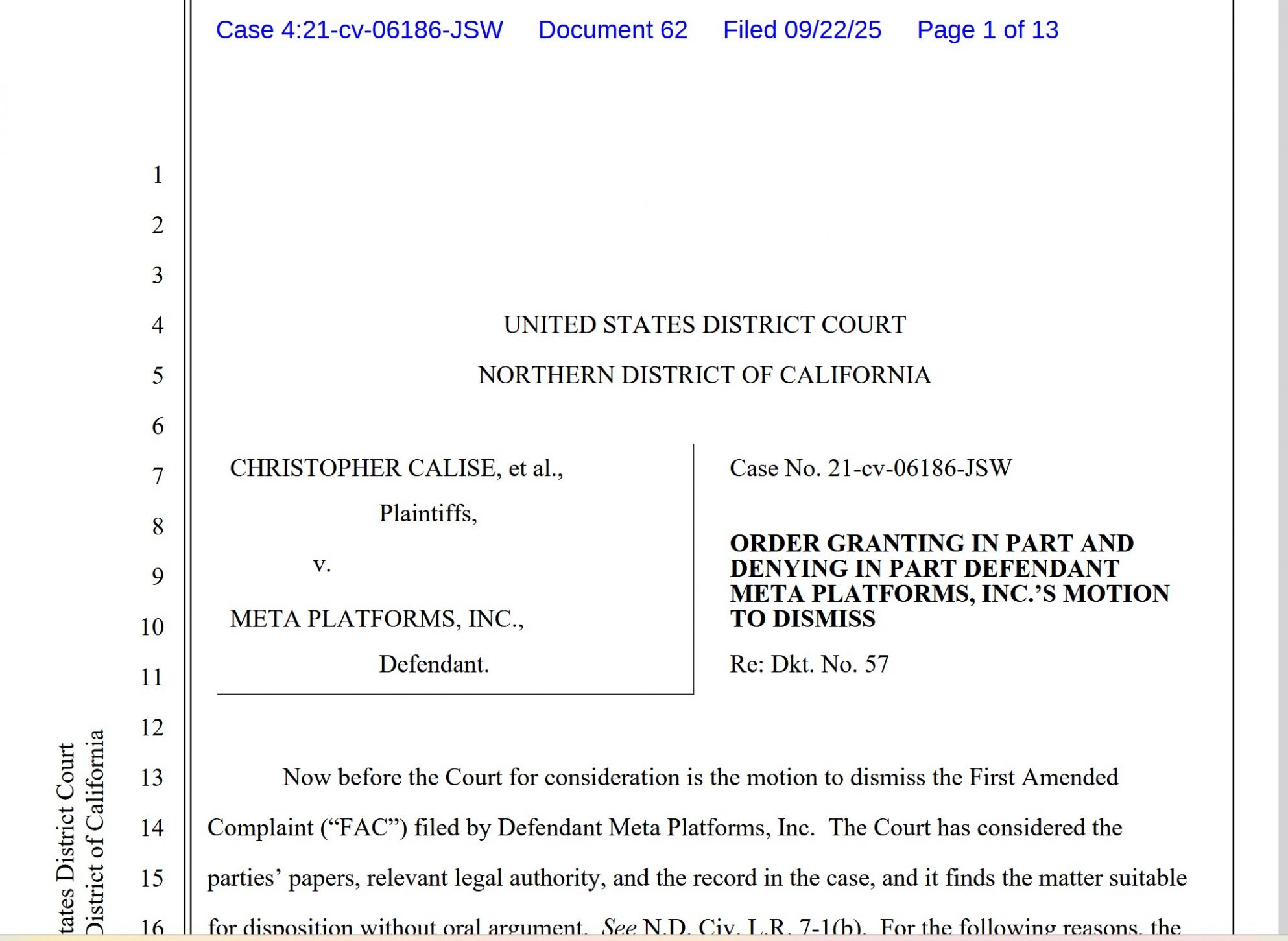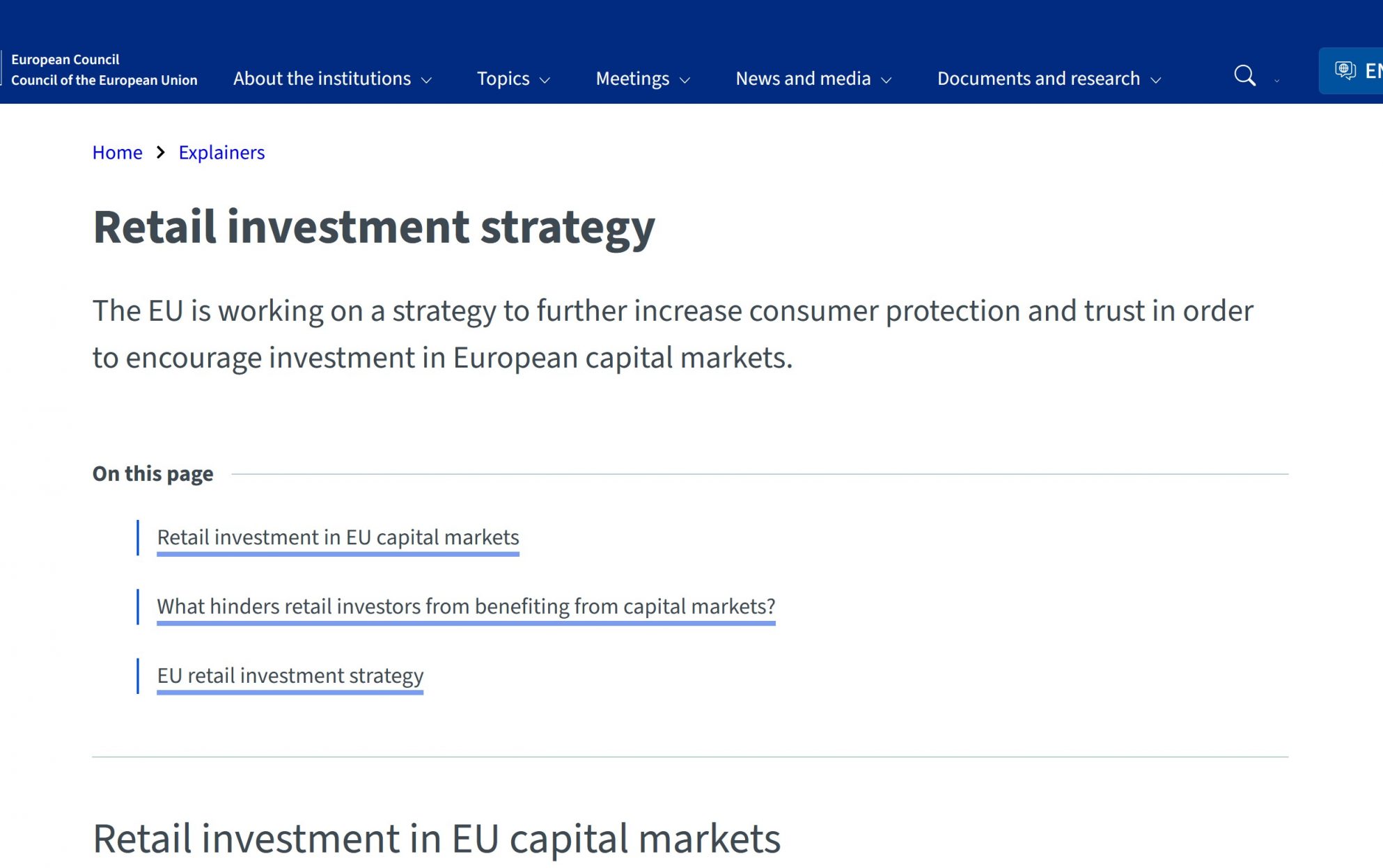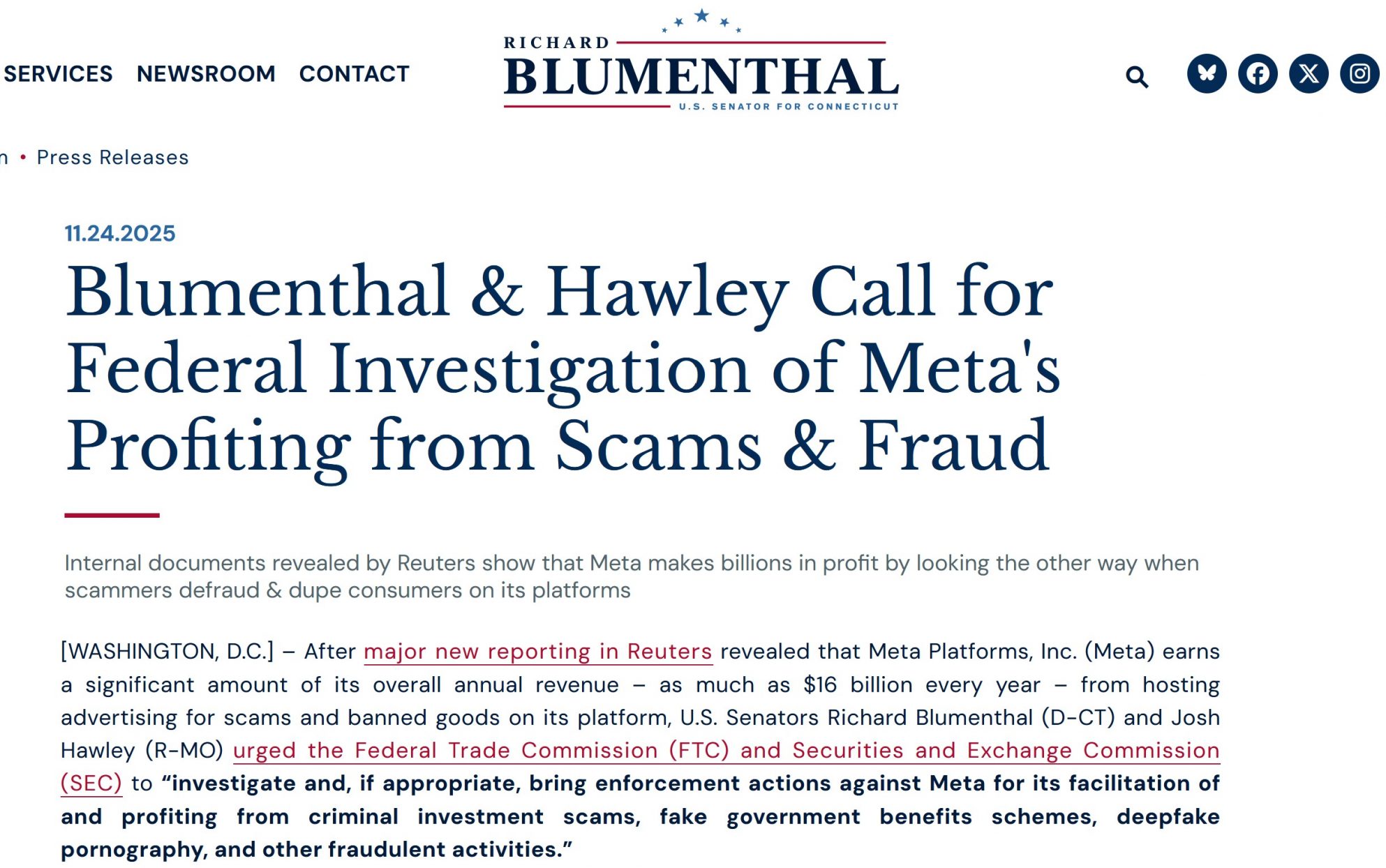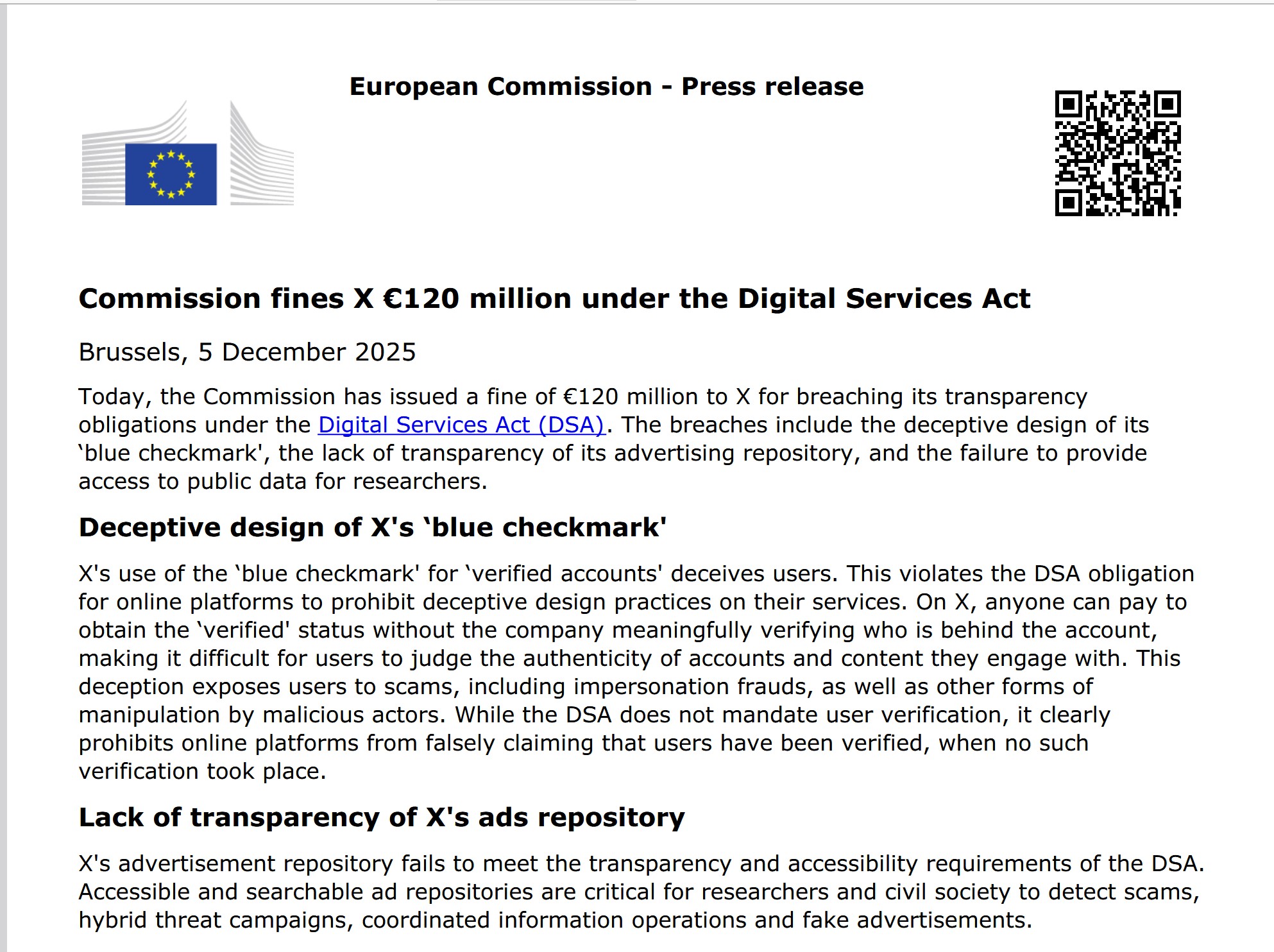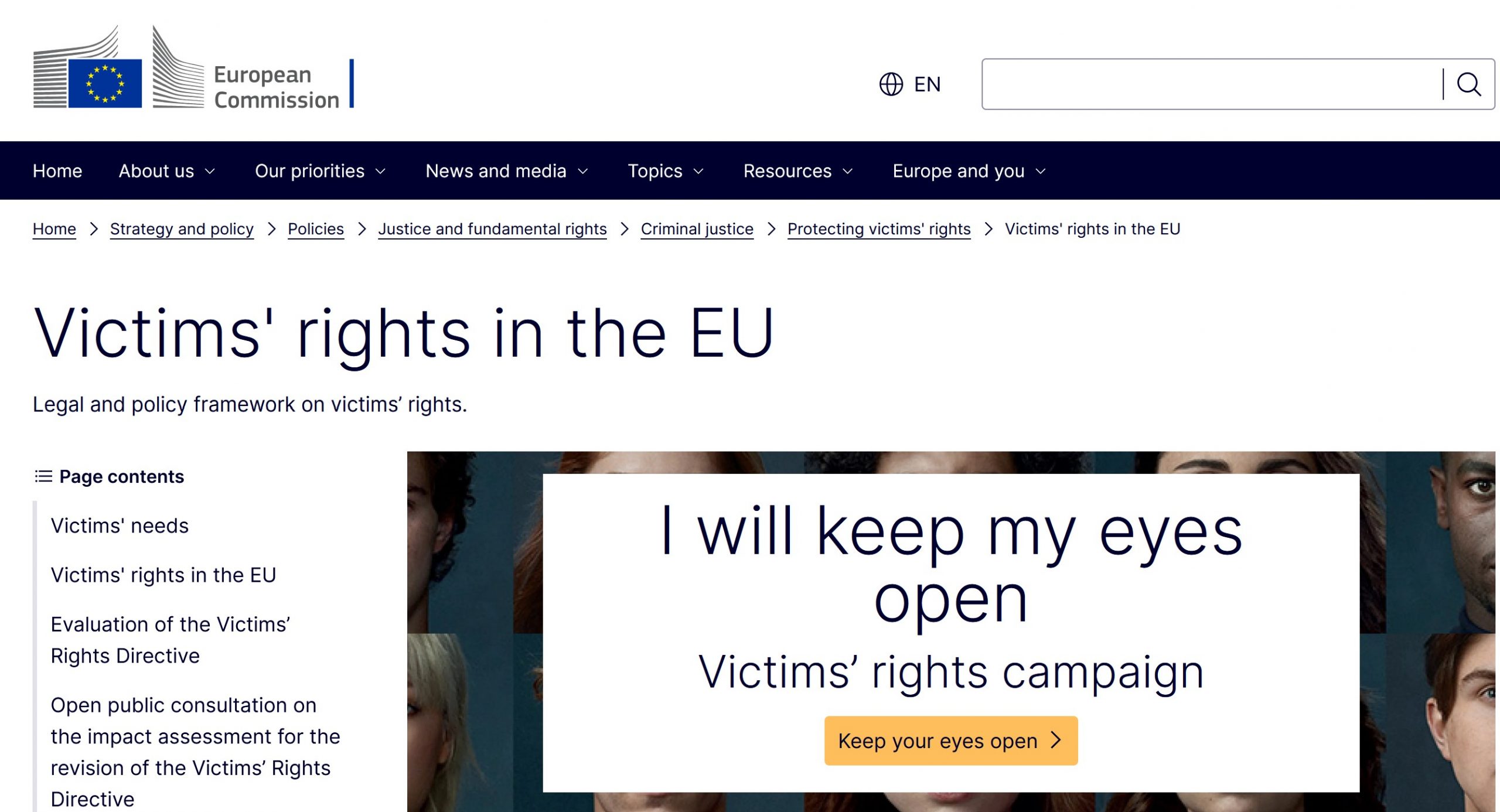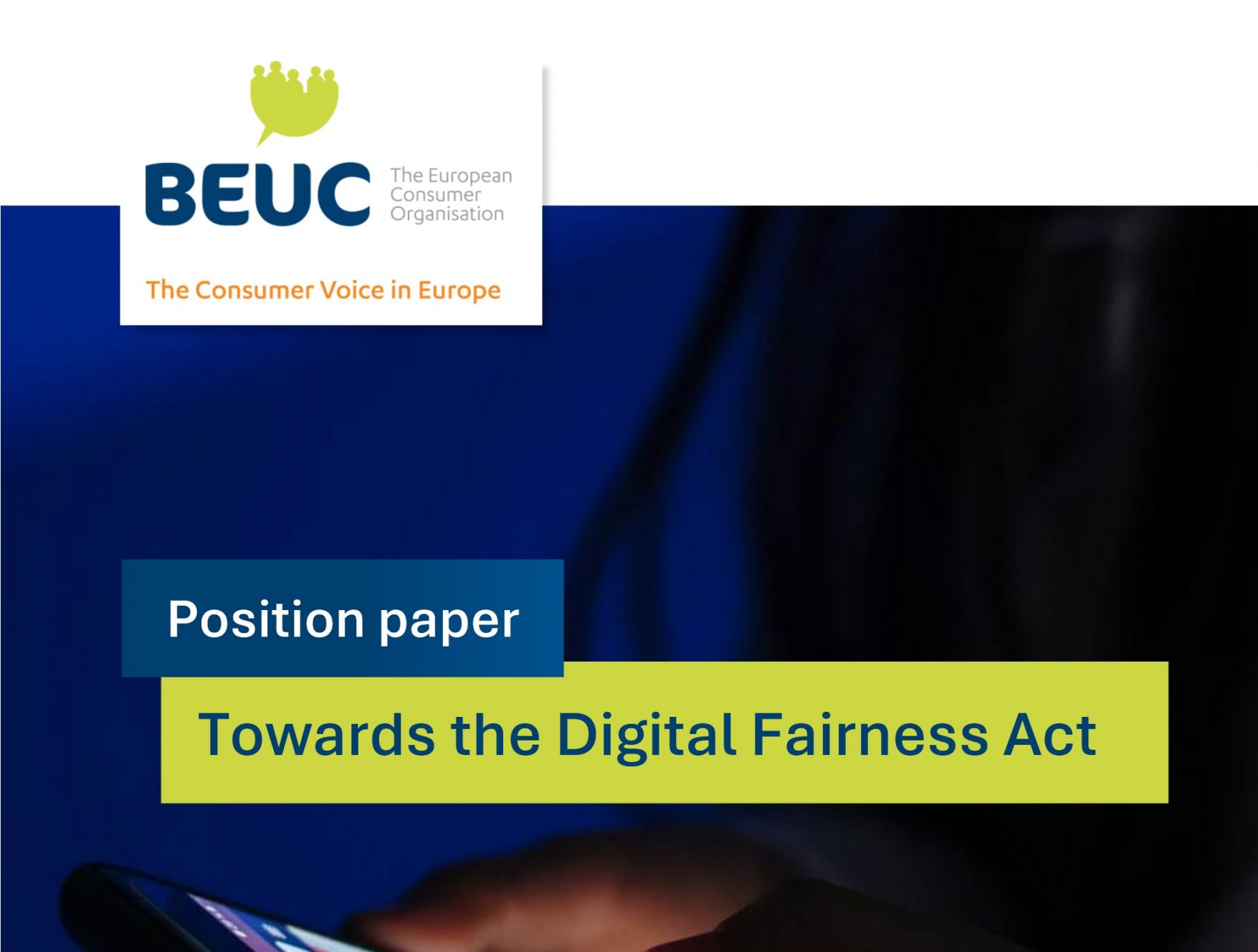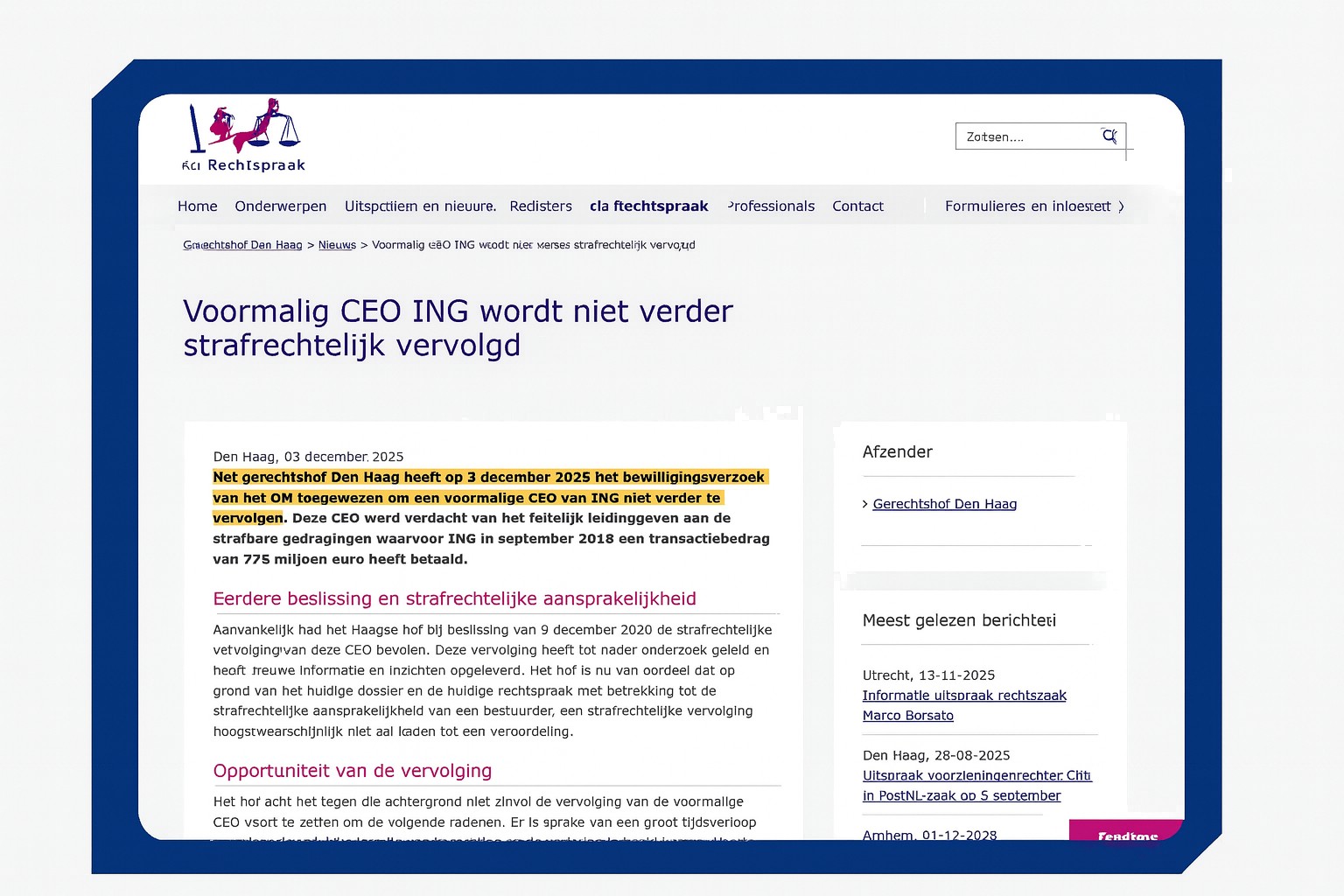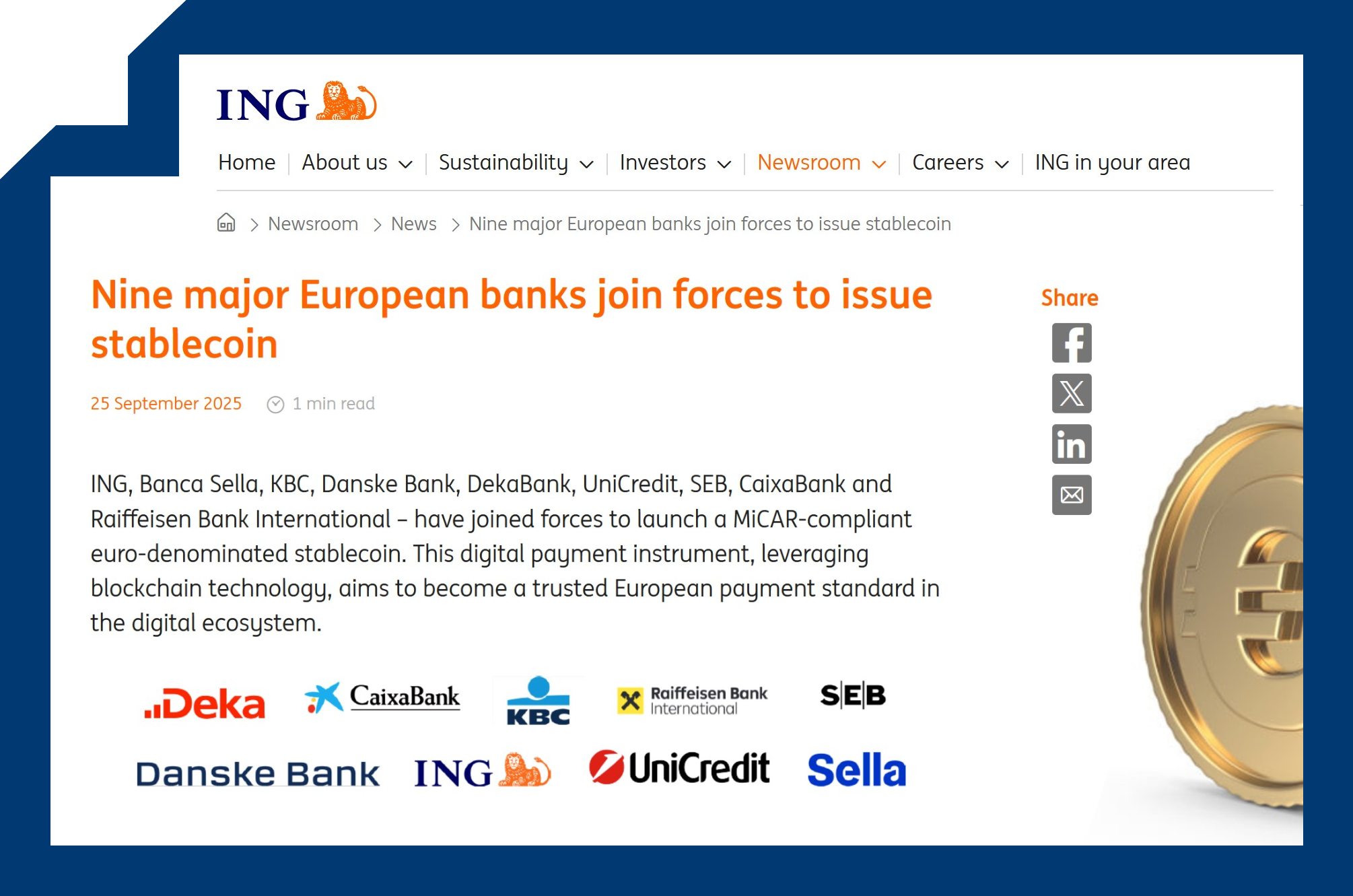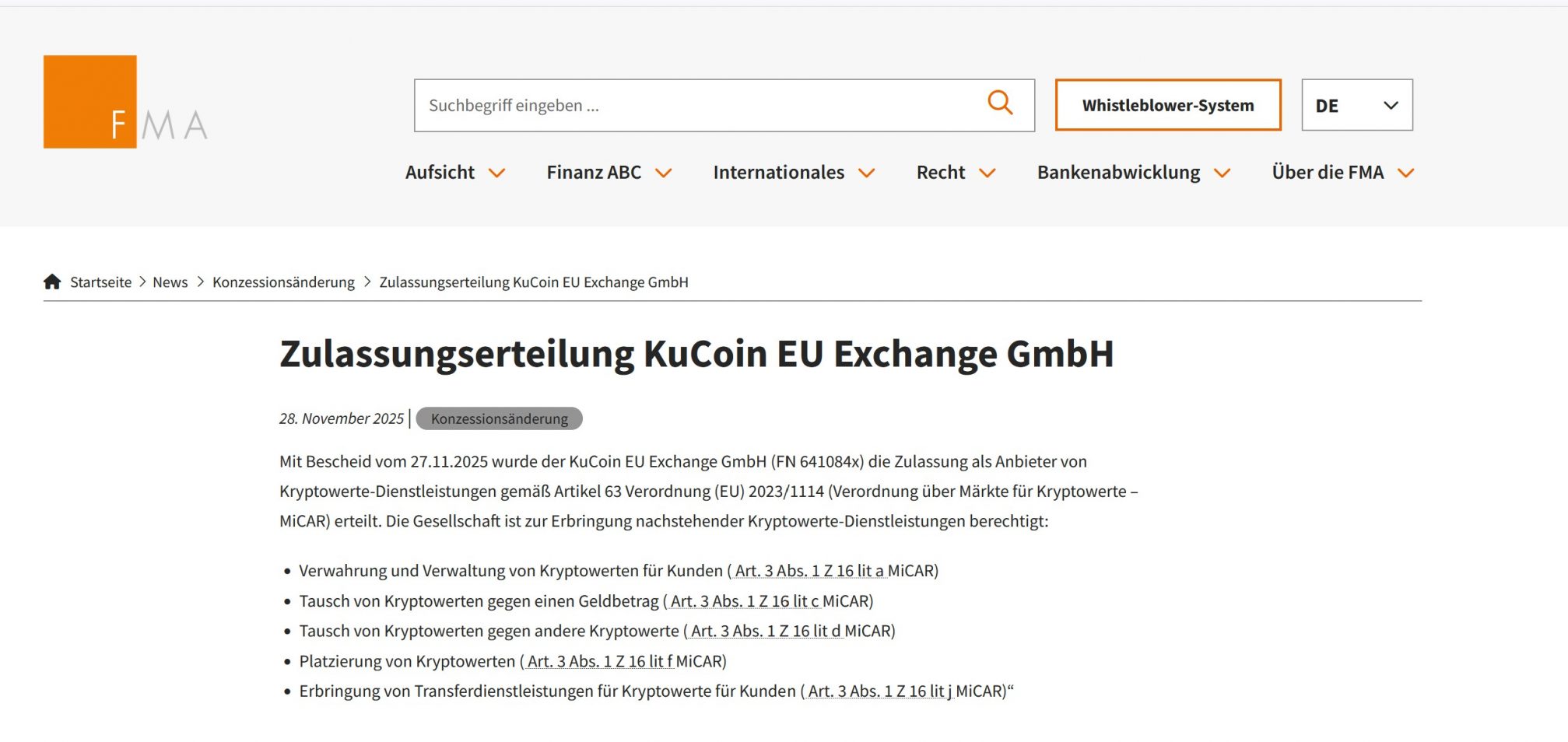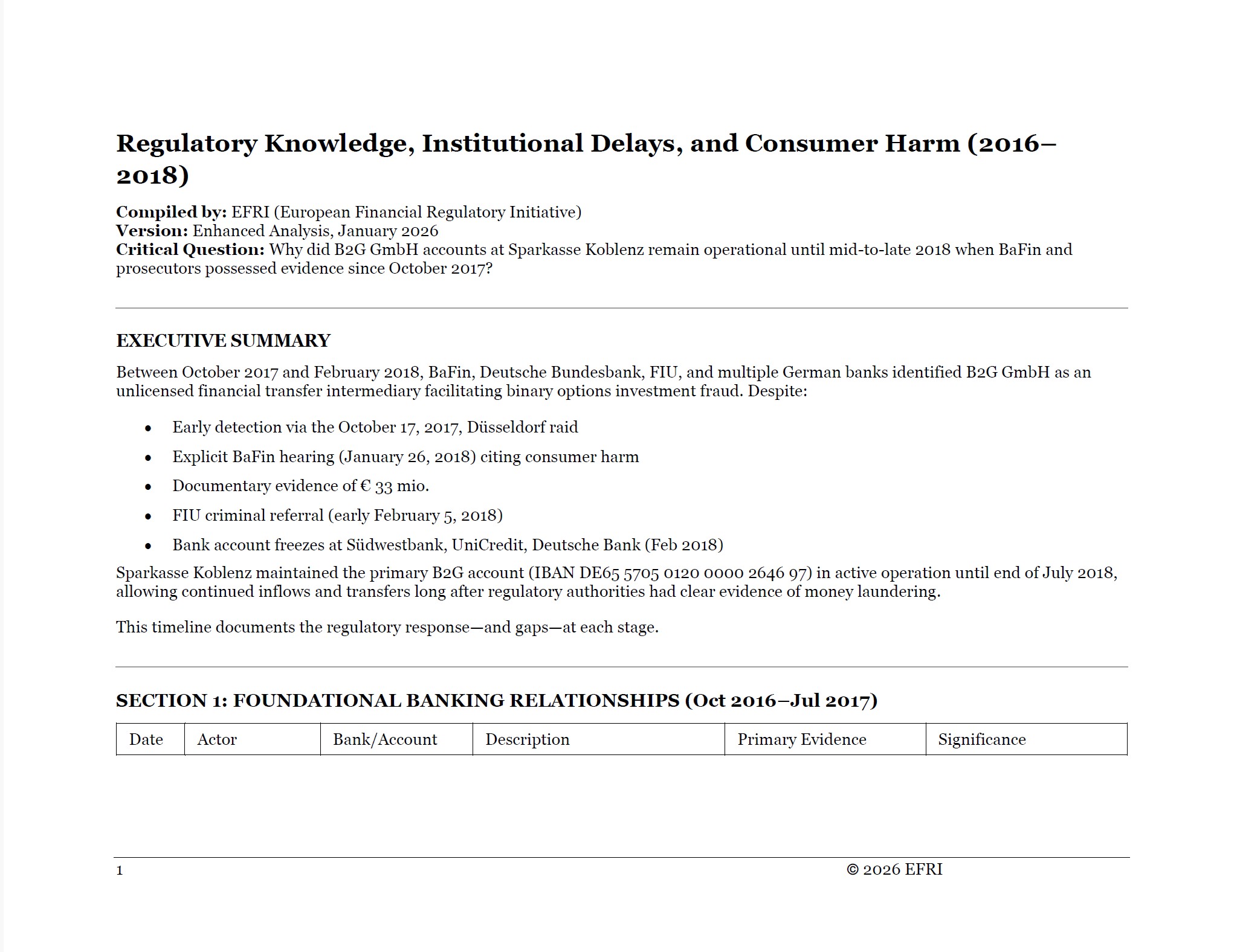
BaFin knew: But Victims’ Money Continued to Flow for Months
We have reviewed excerpts from the criminal case files concerning B2G GmbH. These records show that although BaFin had been aware of the laundering activities of Oleg Shvartsman and Rainer Treuer since November 2017, no SARs were filed with the FIU and/or law enforcement, and payment rails remained open until

